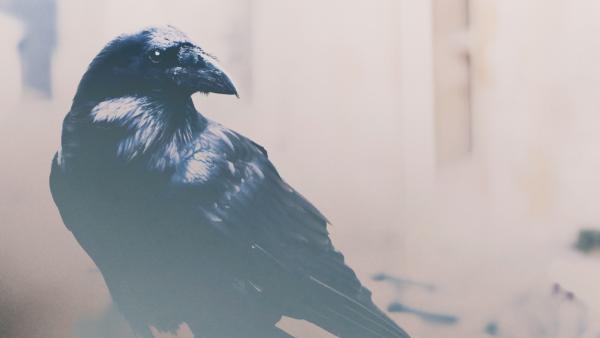Anthropologist Enrique Salmon formulated the concept of “kincentricity,” a worldview that sees everything around us — plants, animals, rocks, wind — as our direct relative. As Salmon says, “the rain is us, and we are the rain.”
Nature
Dogsledders Blair Braverman and Quince Mountain have built an outdoor adventure life in the Northwoods of Wisconsin, where they train teams of dogs to race. But for the husband-and-wife team, the pack is also part of their family.
Simon Winchester is a British journalist and best-selling author who spent decades on the road before finally buying a small farm in the Berkshires. The experience led to his book “Land: How the Hunger for Ownership Shaped the Modern World."
Land Back is a movement that demands the return of native lands to indigenous people. One of its leaders, Hayden King — executive director of the Yellowhead Institute — explains why the movement is gaining traction in Canada.
Bad things happen when people lose their connection to the more-than-human world. "Animals know something that we that don't," says psychologist Sharon Blackie. That's one lesson you can take from the old shapeshifting myths and fairy tales.
There are old folktales of people who can become animals. Animals who become people. And there’s a lesson for our own time in those shapeshifting stories.
Science tells us mountains are giant piles of rock, formed millions of years ago. But that's not all they are — there was a time when mountains were gods.
Is there a special mountain in your life? David Hinton, who lives in Vermont, told us about the one he knows best — Hunger Mountain - which he's climbed 300 times. His thinking about mountains has been shaped by his study of ancient Chinese poetry.








